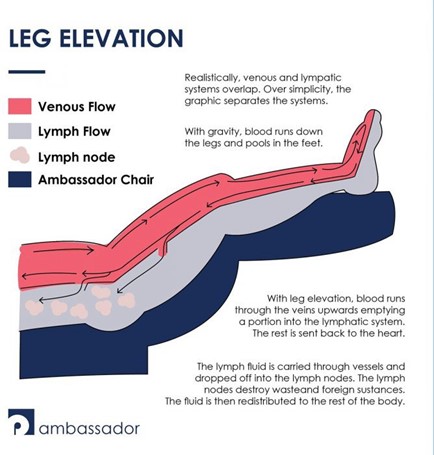A nurse is assessing a client who has cirrhosis.
Which of the following findings is the priority for the nurse to report?
Distended abdomen.
Clay-colored stools.
Platelets 70,000/mm.
Alkaline phosphatase 125 units/L.
The Correct Answer is C
Platelets 70,000/mm.
The priority finding for a nurse assessing a client who has cirrhosis to report is a platelet count of 70,000/mm.
A low platelet count (thrombocytopenia) can be a complication of cirrhosis and can increase the risk of bleeding.
A platelet count below 150,000/mm3 is considered low and should be reported to the provider.
Choice A is incorrect because while a distended abdomen can be a sign of ascites, a complication of cirrhosis, it is not the priority finding to report.
Choice B is incorrect because while clay-colored stools can be a sign of biliary obstruction, it is not the priority finding to report.
Choice D is incorrect because while an elevated alkaline phosphatase level can be a sign of liver damage, it is not the priority finding to report.
Nursing Test Bank
Naxlex Comprehensive Predictor Exams
Related Questions
Correct Answer is C
Explanation
The nurse should place the client in a position with their feet elevated.

This position helps to increase blood flow to the vital organs and can help improve the client’s blood pressure.
Choice A is not the answer because the Reverse Trendelenburg position does not help improve blood flow to vital organs.
Choice B is not the answer because the side-lying position does not help improve blood flow to vital organs.
Choice D is not the answer because High-Fowler’s position does not help improve blood flow to vital organs.
Correct Answer is C
Explanation
The statement “These crutches will make it possible to care for my child” indicates that the client is adapting to their role change by finding ways to continue fulfilling their responsibilities despite their injury.
Choice A is incorrect because it indicates that the client is concerned about not being able to fulfill their responsibilities.
Choice B is incorrect because it indicates that the client feels guilty about not being able to fulfill their responsibilities.
Choice D is incorrect because it indicates that the client is relying on someone else to fulfill their responsibilities.
Whether you are a student looking to ace your exams or a practicing nurse seeking to enhance your expertise , our nursing education contents will empower you with the confidence and competence to make a difference in the lives of patients and become a respected leader in the healthcare field.
Visit Naxlex, invest in your future and unlock endless possibilities with our unparalleled nursing education contents today
Report Wrong Answer on the Current Question
Do you disagree with the answer? If yes, what is your expected answer? Explain.
Kindly be descriptive with the issue you are facing.
